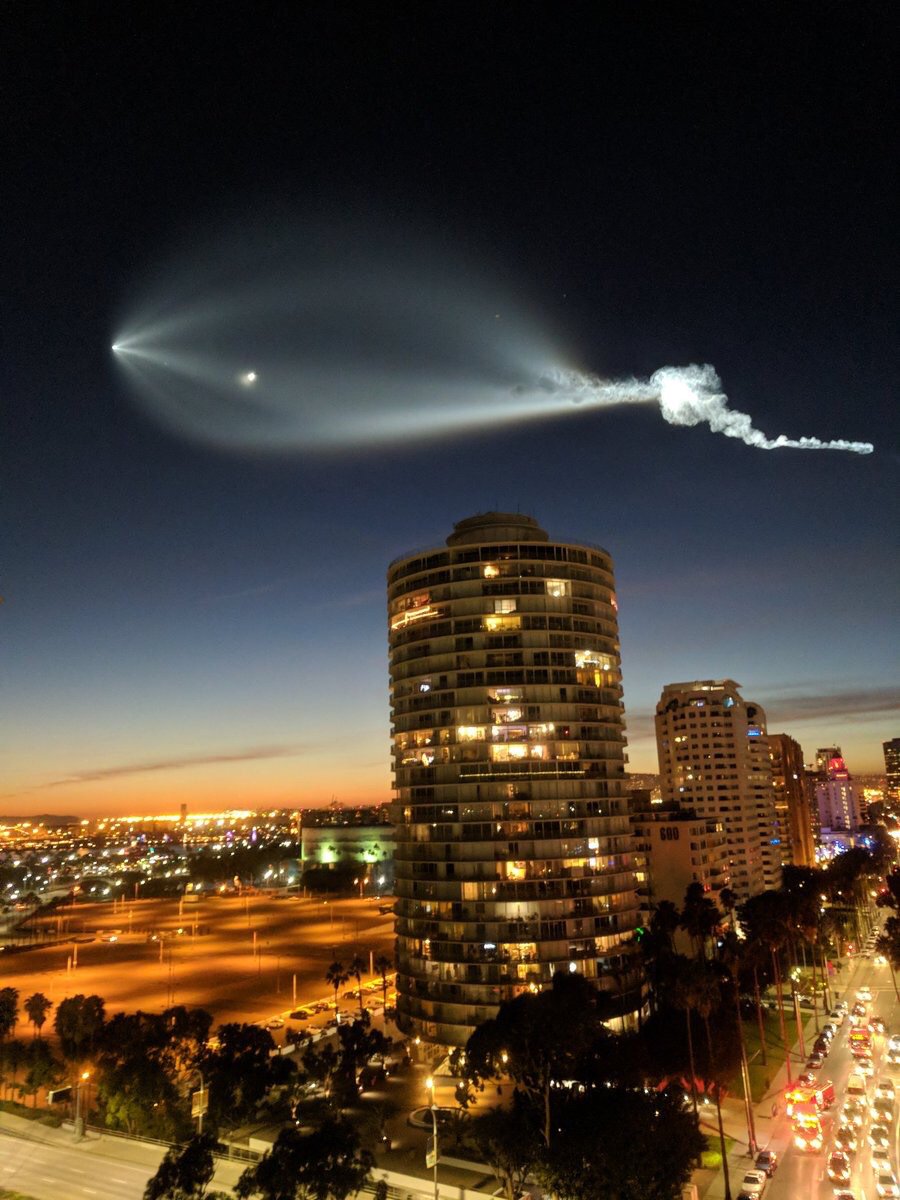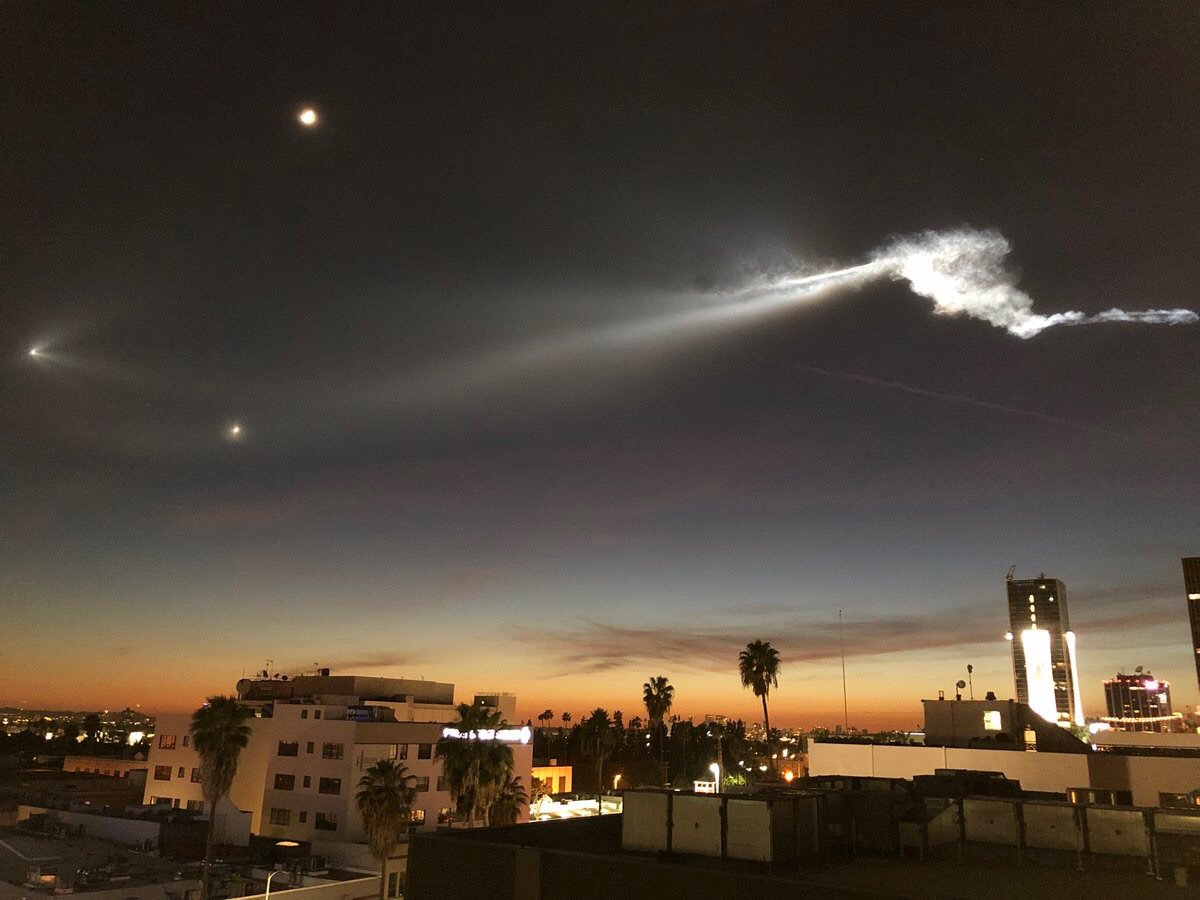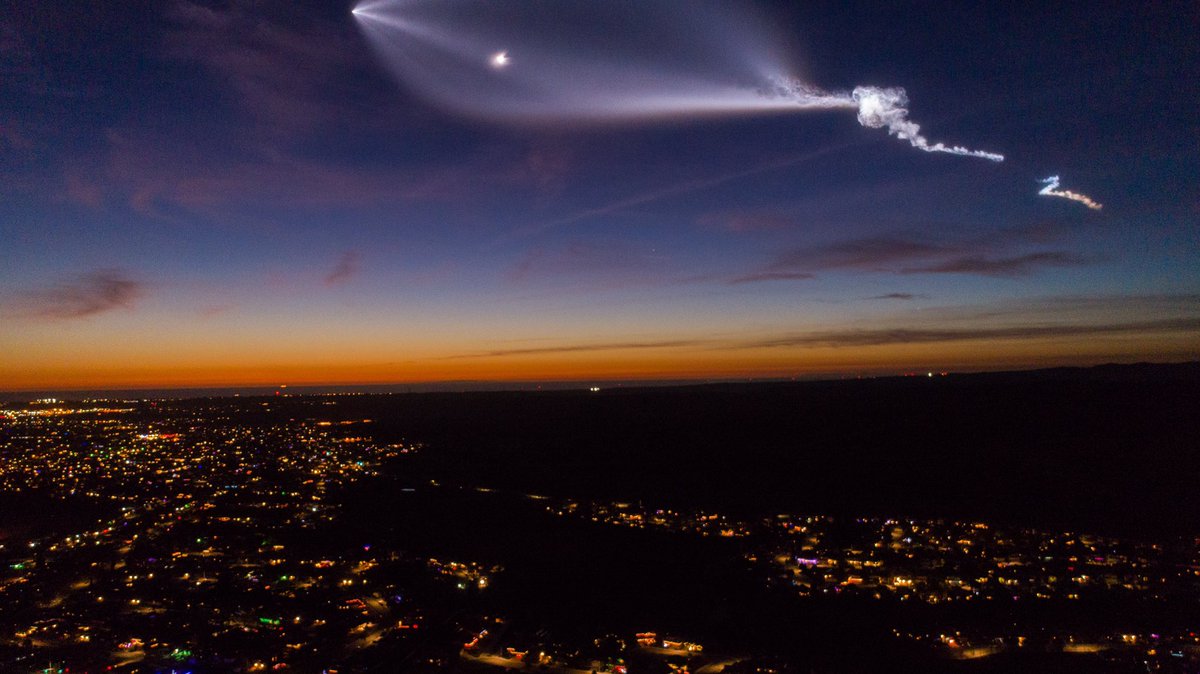Europa: In Depth
Saw this on NASA

These images show the trailing hemisphere of Jupiter's moon Europa taken by the Galileo spacecraft at a distance of about 677,000 km. The left image shows Europa in approximately true color and the right image shows Europa in enhanced color to bring out details.
Jupiter's moon Europa is slightly smaller than Earth's moon. Its surface is smooth and bright, consisting of water ice crisscrossed by long, linear fractures. Like our planet, Europa is thought to have an iron core, a rocky mantle and an ocean of salty water beneath its ice crust. Unlike Earth, however, this ocean would be deep enough to extend from the moon's surface to the top of its rocky mantle. Being far from the sun, the ocean's surface would be globally frozen over. While evidence for this internal ocean is quite strong, its presence awaits confirmation by a future mission.
Europa orbits Jupiter every 3.5 days and is locked by gravity to Jupiter such that the same hemisphere of the moon always faces the planet. Because Europa's orbit is slightly stretched out from circular, or elliptical, its distance from Jupiter varies, creating tides that stretch and relax its surface. The tides occur because Jupiter's gravity is just slightly stronger on the near side of the moon than on the far side, and the magnitude of this difference changes as Europa orbits. Flexing from the tides supplies energy to the moon's icy shell, creating the linear fractures across its surface. If Europa's ocean exists, the tides might also create volcanic or hydrothermal activity on the seafloor, supplying nutrients that could make the ocean suitable for living things.
Based on the small number of craters observed, the surface of this moon appears to be no more than 40 to 90 million years old, which is quite youthful in geologic terms. Along Europa's many fractures, and in splotchy patterns across its surface, is a reddish-brown material whose composition is not known, but may hold clues to the moon's potential as a habitable world.
NASA's Galileo mission, which explored the Jupiter system from 1995 to 2003, made numerous flybys of Europa. It obtained the closest images to date of the moon's fractured surface, revealing strange pits and domes that suggested the ice could be slowly turning over, or convecting, due to heat from below. Also of particular interest were regions of "chaos terrain," which contained broken, blocky landscapes covered in the mysterious reddish material. Scientists think that chaos regions represent places where geologic activity has disrupted the otherwise smooth surface. In 2011, scientists studying Galileo mission data announced the intriguing idea that chaos terrains are places where the surface has collapsed above lens-shaped lakes perched within the ice.
In 2013, NASA announced startling evidence from researchers using the Hubble Space Telescope that Europa might be actively venting plumes of water into space. The finding generated considerable excitement among scientists, as it provided evidence that the moon is geologically active in the present day. If confirmed by follow-up observations, the plumes could be investigated by future missions in similar fashion to the Cassini spacecraft's flights through plumes of Enceladus.
Europa is special among the bodies of our solar system in having a potentially enormous volume of liquid water, along with geologic activity that could promote the exchange of chemicals from the surface with the watery environment beneath the ice. Indeed, it could be the most promising place in the solar system to search for signs of present-day life.
Evidence for an Ocean
One of the most important measurements made by the Galileo mission showed how Jupiter's magnetic field was disrupted in the space around Europa. This measurement strongly implied that a special type of magnetic field is being created (induced) within Europa by a deep layer of some electrically conductive fluid beneath the surface. Based on Europa's icy composition, scientists think the most likely material to create this magnetic signature is a global ocean of salty water.
Future missions to Europa will likely seek to confirm the presence of its ocean. For example, measurements of the amount of flexing due to the tides are one important indicator -- if the ocean exists, the tides should deform the surface by about 30 m (100 feet); if the moon is frozen through, the tides should stretch the surface by only one meter (3 feet). Also of great interest will be the composition of the reddish material on the surface. Scientists would like to know if this material holds clues to the composition of the ocean and whether material is cycling between the surface and the interior.
Discovery:
Europa was discovered on 8 January 1610 by Galileo Galilei. The discovery, along with three other Jovian moons, was the first time a moon was discovered orbiting a planet other than Earth. The discovery of the four Galilean satellites strengthened the view that planets in our solar system orbit the sun, instead of Earth. Galileo apparently had observed Europa on 7 January 1610, but had been unable to differentiate it from Io until the next night.
How Europa Got its Name:
Galileo originally called Jupiter's moons the Medicean planets, after the Medici family and referred to the individual moons numerically as I, II, III, and IV. Galileo's naming system would be used for a couple of centuries.
The names Io, Europa, Ganymede, and Callisto were officially adopted after it became apparent that naming moons by number would be very confusing as new additional moons were being discovered.
Europa was originally designated Jupiter II by Galileo because it was the second satellite of Jupiter. Europa is named for the daughter of Agenor, in ancient Greek mythology. Europa was abducted by Zeus (the Greek equivalent of the Roman god Jupiter), who had taken the shape of a spotless white bull. Europa was so delighted by the gentle beast that she decked it with flowers and rode upon its back. Seizing his opportunity, Zeus rode away with her into the ocean to the island of Crete, where he transformed back into his true shape. Europa bore Zeus many children, including Minos.




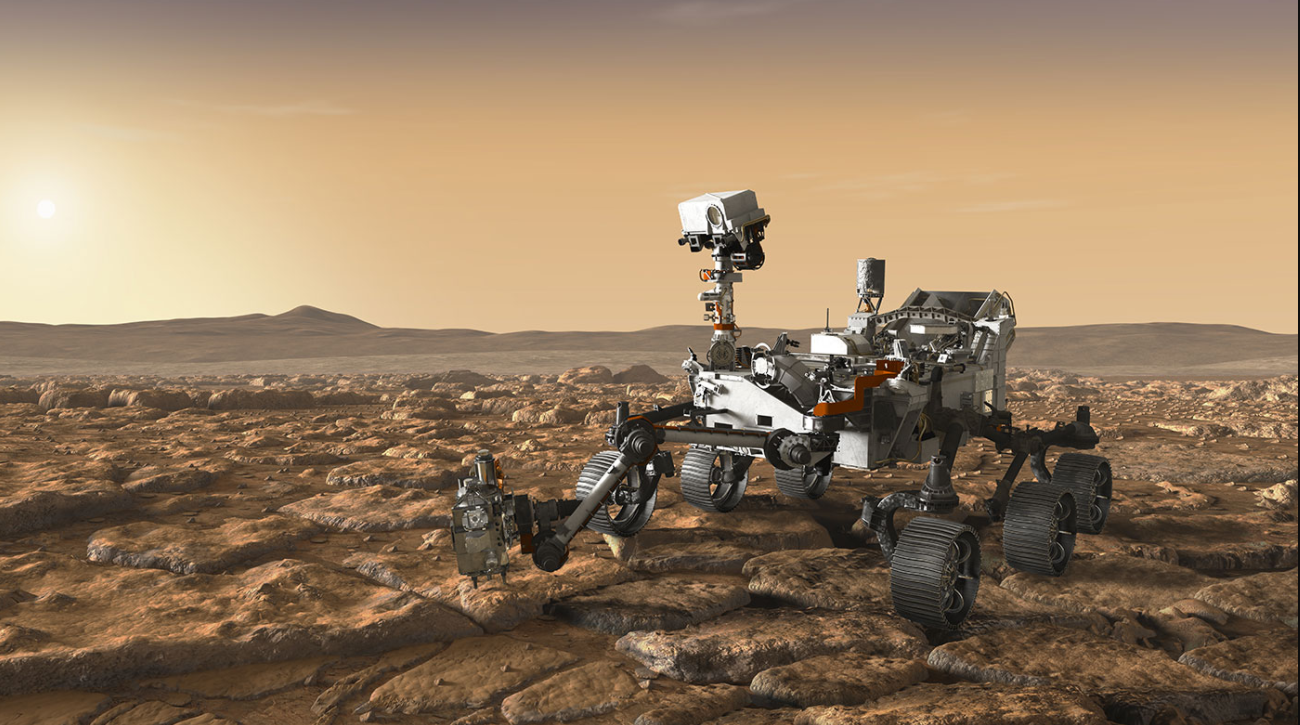
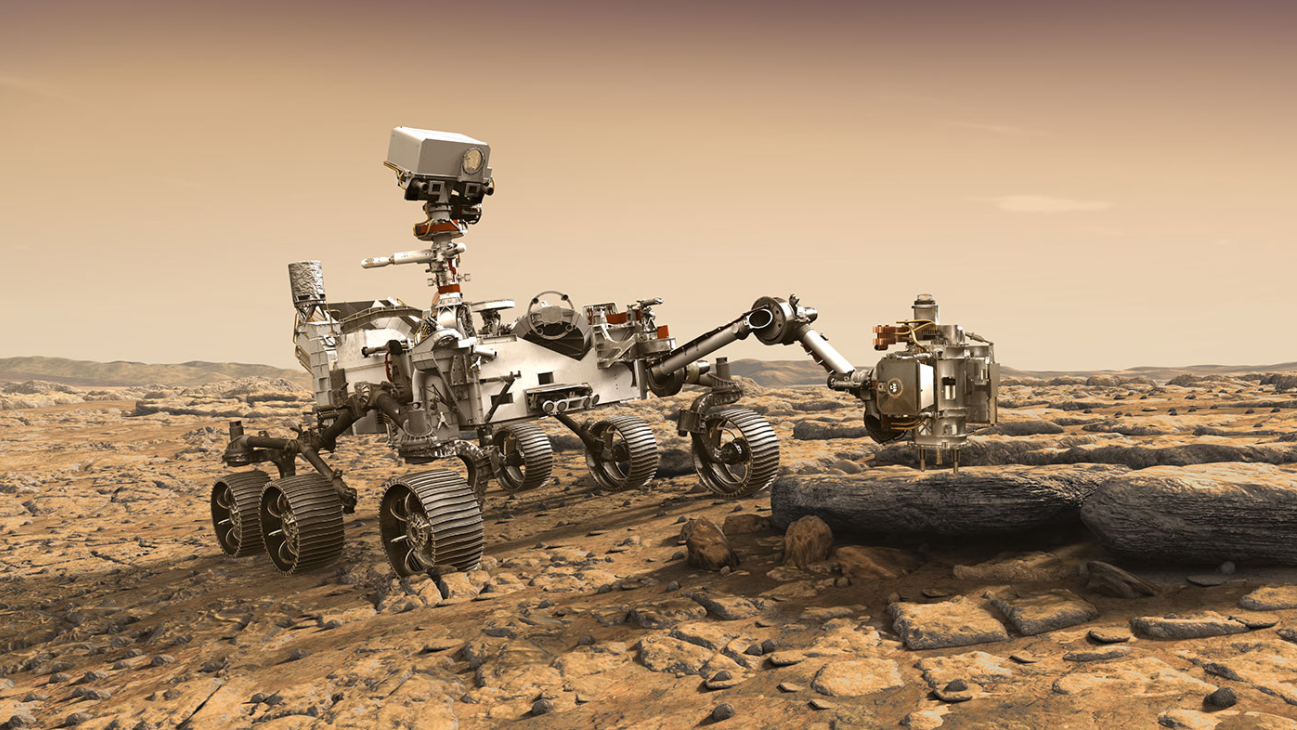

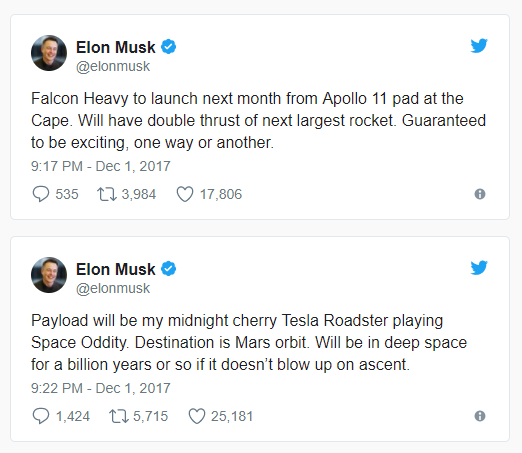

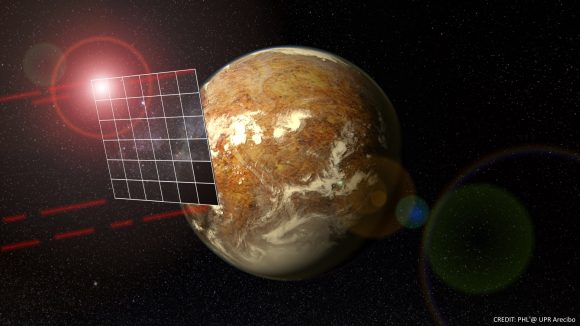
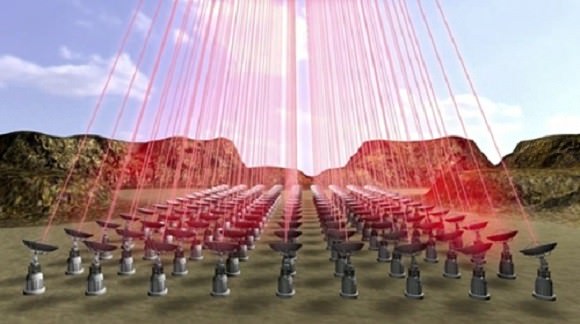




 ent is available here. Former President Barack Obama had directed NASA to “set far-reaching exploration milestones,” including sending “crewed missions to the moon” by 2025 and then sending “humans to orbit Mars and return them safely to Earth” by the mid-2030s.
ent is available here. Former President Barack Obama had directed NASA to “set far-reaching exploration milestones,” including sending “crewed missions to the moon” by 2025 and then sending “humans to orbit Mars and return them safely to Earth” by the mid-2030s.